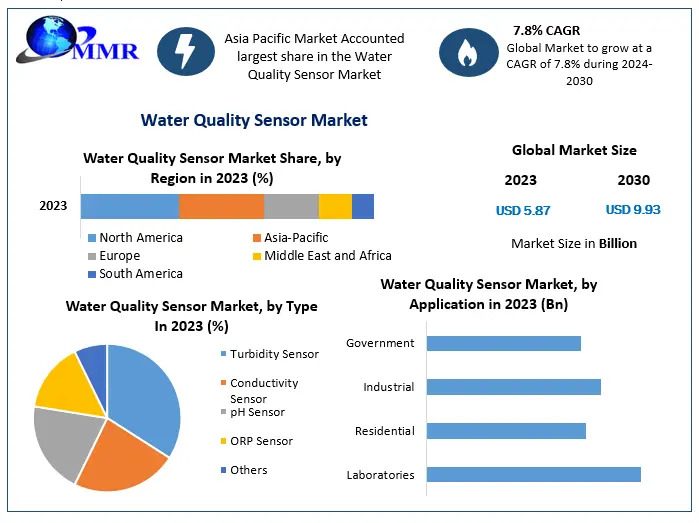As remote work continues to shape the modern business landscape, ensuring compliance has become more critical than ever. In fact, the shift to a predominantly virtual workforce has made it necessary for organizations to reevaluate their compliance frameworks. Whether you’re a small business owner or an HR manager, understanding how to strengthen your compliance systems is crucial for maintaining both regulatory adherence and operational integrity.
In this guide, you’ll learn how to adapt your compliance efforts for a remote work environment, using practical steps that will help you build a robust compliance framework. From setting up clear policies to leveraging compliance search tools, we’ll cover essential tips and strategies to ensure your team stays compliant, no matter where they work.
Why Strengthening Compliance Frameworks is More Important Than Ever
The first step in understanding how to adapt to the world of remote work is recognizing why compliance frameworks need to evolve. In the past, compliance policies were often easier to enforce when teams were working in physical offices. The ability to monitor activities, communicate policies directly, and ensure that everyone adhered to company guidelines was more straightforward. However, remote work complicates this process.
With employees now spread out across various locations and time zones, ensuring compliance with company policies and industry regulations becomes more challenging. Additionally, remote work often brings up new questions around data privacy, cybersecurity, and workplace safety—issues that require proactive solutions. Therefore, strengthening your compliance framework in a remote work world is not just important; it’s necessary to mitigate risks and keep your business running smoothly.
Key Areas to Focus On When Strengthening Compliance
As you set out to enhance your compliance framework, there are several key areas you should focus on. These areas will ensure that your team is meeting both internal and external standards while adapting to the remote work environment.
1. Clear Communication of Policies
In a remote work setting, clear communication is essential for ensuring compliance. When your employees are working from various locations, they might not have the immediate access to supervisors or HR representatives that they would in an office. Therefore, it’s important to have comprehensive policies in place that are easy for everyone to access and understand.
What You Can Do:
- Develop a remote-specific employee handbook that outlines expectations regarding behavior, communication, cybersecurity, data privacy, and work hours.
- Use an employee portal or centralized digital platform where all your policies are available and easy to review.
- Consider regular check-ins or virtual meetings to reinforce compliance topics and answer questions.
By making compliance guidelines easy to find and digest, you’ll ensure that your employees know exactly what is expected of them.
2. Utilizing Compliance Search Tools
One of the most effective ways to stay on top of regulatory requirements is to leverage Compliance Search tools. These tools can help you quickly identify and monitor compliance obligations across various jurisdictions and industries. Since remote work often involves employees in different locations, it’s crucial to be aware of the local, state, and federal regulations that may apply to your business.
What You Can Do:
- Implement a compliance search tool that allows you to monitor the latest changes in laws and regulations. These tools can automatically update you on new compliance requirements, helping you stay ahead of any legal changes.
- Integrate compliance search capabilities into your existing systems so that all employees have access to real-time regulatory updates.
- Use these tools to track your internal compliance efforts and identify any gaps in your framework.
With the right compliance search tools, you can stay informed and make sure your organization remains compliant, even when navigating the complexities of remote work.
3. Cybersecurity and Data Privacy
In the digital age, data privacy and cybersecurity are top priorities. When employees are working from home, they may be using personal devices, unprotected Wi-Fi networks, and other tools that can pose risks to sensitive company data. Ensuring compliance with data privacy laws and implementing strong cybersecurity measures is paramount to safeguarding your business.
What You Can Do:
- Invest in a secure virtual private network (VPN) and encourage employees to use it when accessing company systems.
- Establish strict guidelines for password management, two-factor authentication, and data encryption.
- Ensure that employees are aware of data protection regulations such as the GDPR or CCPA (if applicable in your region) and how these regulations affect the way they handle personal data.
By strengthening your cybersecurity protocols and ensuring that your remote employees are aware of data privacy laws, you’ll reduce the risks of breaches and violations.
4. Training and Education
A compliance framework is only as strong as the knowledge and commitment of the individuals who implement it. When managing remote teams, continuous education and training become crucial in ensuring compliance. Your employees need to understand both the risks involved in non-compliance and the steps they must take to adhere to guidelines.
What You Can Do:
- Implement mandatory training sessions that cover key compliance areas, including data protection, cybersecurity, anti-harassment policies, and workplace safety.
- Offer online courses or workshops that employees can take at their own pace. Use interactive elements, like quizzes or case studies, to reinforce the training material.
- Regularly update training materials to reflect the latest regulatory changes and emerging threats.
This proactive approach will help your remote employees stay on top of compliance, reducing the likelihood of violations due to ignorance or misunderstanding.
5. Remote Work Documentation and Record Keeping
When working remotely, it becomes even more important to document and keep track of all actions and decisions that may impact compliance. Whether it’s tracking hours worked, maintaining records of communication, or monitoring adherence to specific guidelines, good documentation practices are essential for ensuring that you can demonstrate compliance if needed.
What You Can Do:
- Use digital tools to track remote employees’ time, communications, and tasks. Ensure that these tools are secure and that they provide accurate records.
- Keep detailed records of all compliance-related meetings, communications, and decisions. This will help you stay organized and ready to respond to any audits or inquiries.
- Create a system for securely storing sensitive documents and data, ensuring that you comply with any legal requirements for record retention.
By establishing a solid system for documentation and record-keeping, you’ll be able to maintain transparency and accountability across your remote team.
6. The Role of Leadership in Ensuring Compliance
As a leader, your role in fostering a culture of compliance cannot be overstated. Strengthening your compliance framework in a remote work environment requires a commitment from top management to lead by example and ensure that compliance is prioritized across all levels of the organization. Your leadership will be crucial in maintaining focus on compliance issues and setting the tone for your team.
What You Can Do:
- Regularly communicate the importance of compliance to your team. Make it clear that adherence to policies and regulations is non-negotiable.
- Lead by example by staying up-to-date on regulatory changes and ensuring that your actions reflect your commitment to compliance.
- Encourage open lines of communication where employees can voice concerns about compliance challenges they may be facing in a remote work environment.
By fostering a culture of compliance, you’ll ensure that all employees understand their responsibilities and take ownership of maintaining the organization’s standards.
Wrapping Up
Adapting to remote work comes with its unique set of challenges, especially when it comes to maintaining a strong compliance framework. However, by focusing on clear communication, leveraging tools like Compliance Search, prioritizing cybersecurity, offering ongoing training, and ensuring proper documentation, you can create a compliance framework that works effectively in a virtual environment.
As you continue to build your remote workforce, remember that compliance is not a one-time effort—it’s an ongoing process that requires constant attention. By staying proactive and committed to strengthening your compliance systems, you’ll ensure that your organization thrives while minimizing the risks of non-compliance.
If you’re unsure where to start, click this link here now to access additional resources on compliance tools and strategies. You can also articles on building strong compliance practices in the remote work era. Stay ahead of the curve, and make compliance a seamless part of your remote work culture!













